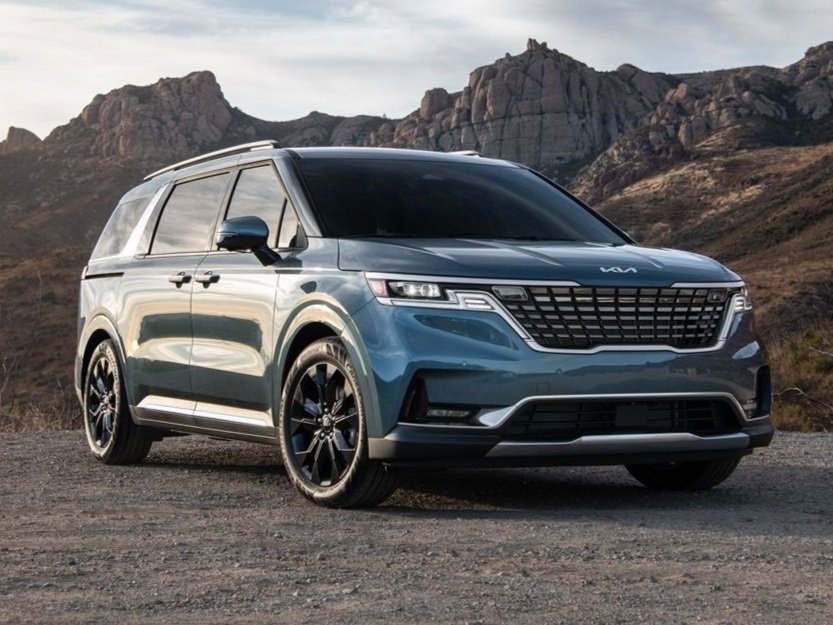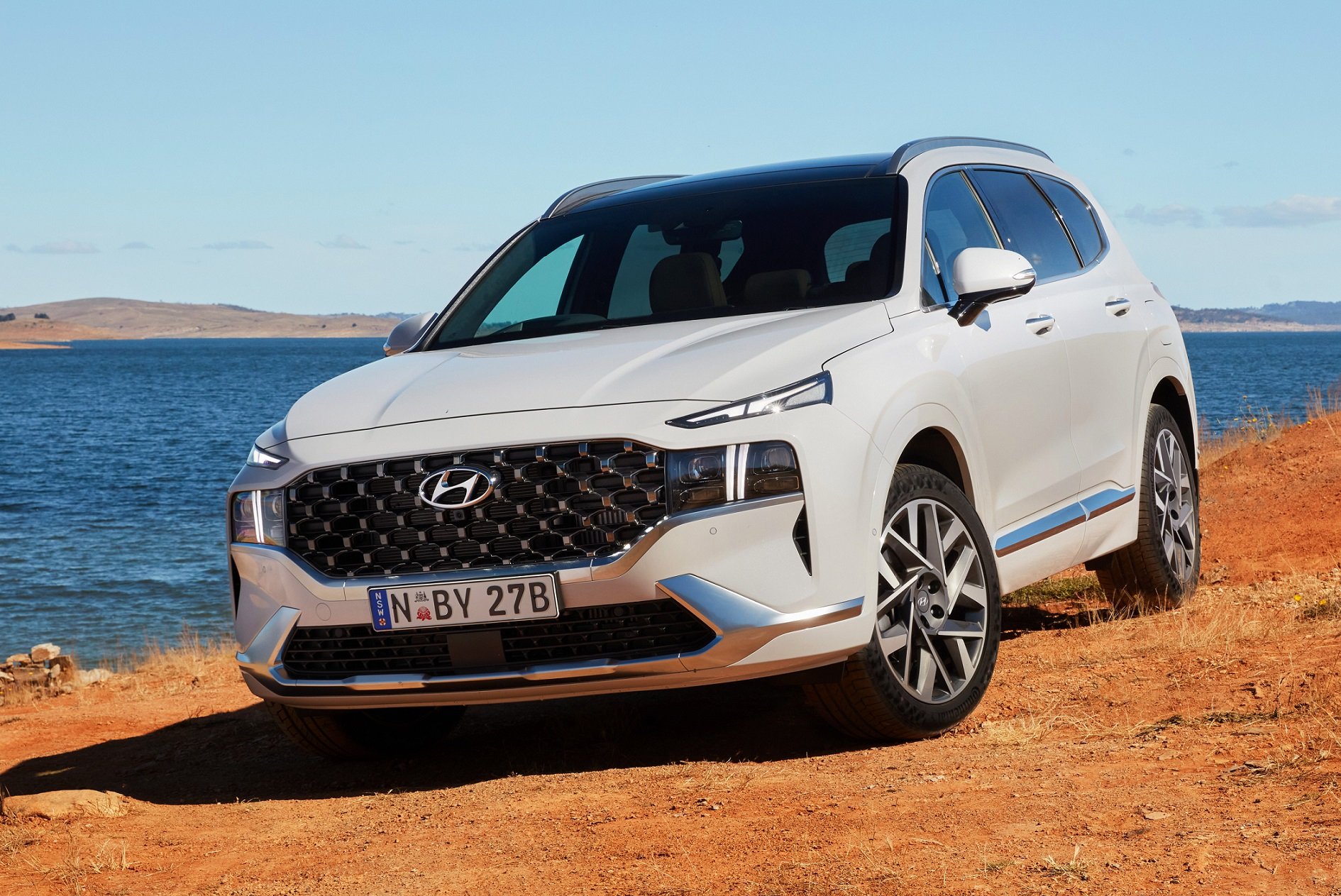Top 6 Mistakes New Car Buyers Make
Don't make these errors next time you're at a car dealership
WHEN WAS IT BUILT?
Check the build date. The thing to avoid here is buying a car that's spent 12-18 months between emerging from the factory (ie: the 'build date') and getting to your driveway the first time. When that happens, should you decide to sell it in, say, five years time, the dealer will try to trade it based on an age of six (or maybe seven) years. And he'd have a point.
Example
You purchase a new Volvo in February 2016. The build date is 15 months earlier (November 2014). Five years later, you go to trade it in. To you, the car was brand-new in February 2016. To the dealer, it's a late 2014-spec car. You'll have a hard time explaining why an extra 12 months of depreciation isn't siphoned off your trade-in's value.
CHECK THE SPARE
Increasingly, the standard spare tyre ion many cars is a space-saver. These narrow-gutted 'pizza cutters' are OK if you only ever drive short trips, because they will get you out of a jam, mobile again and off for repairs/replacement. However, if you are regularly a freeway driver, space savers are impractical and even dangerous. They're limited to 80km/h (dangerous, on the freeway), they wear out fast (so don't wait until you get a repair) and they are hideously expensive to replace.
It's also a safety liability because the damaged wheel and rim often doesn't fit in the space-saver-sized wheel well. That might mean it can't be secured, and is the car is fully loaded (ie going on holidays) then ... where do you put the damaged wheel/rim?
Space savers are a joke, and many people don't check until they're scratching their heads at the roadside, halfway through dealing with a flat tyre.
HEADLIGHT INTENSITY
This one is not such an issue for urban drivers, but it's a real issue on the open road. Very depressing to purchase a car with inter-urban driving in mind, only to discover the headlights aren't up to the job at hand. See if you can gain access to a test vehicle after sunset to assess headlight brightness (and also make sure you can dim the cabin illumination adequately for open-road driving.
DEPRECIATION
There are two ways to lose money on a new car: A) You can pay too much for it up front, or B) it can bleed resale value all over you for the term of ownership. Some cars (like BMW 7-Series) bleed like stuck pigs. At the very least, check the resale values of used examples of your make and model at the likely age you intend to sell yours. Ford Territory is a classic heavyweight depreciator. Last time I looked, you'd be a lot better off financially buying (for example) a Kluger.
NEW MODEL PIPELINE
It's very depressing to do the big deal and sort yourself out in the car of your dreams ... only to see, three months hence, a brand new model with better bells and whistles and a lower price, launched onto showroom floors. This also puts a dent in your resale value. Check enthusiast websites here because the car industry is very bad at keeping upcoming new models secret. Don't expect the dealership to tell you, either, because they need to sell the cars they have in stock now. (The last thing a dealer will ever say is: wait.)
FIRE SALES
When all else fails in the car-selling game, and sales are still headed for the deep-ocean outfall, the car company's only option is: drop the price. Have a fire sale. Put those shitboxes in the discount tray out the front. This might seem, at the time, like a good deal. (Ford has done this with the Falcon and Territory, and Holden does it routinely with the Commodore and Cruze.) The problem, however, is that a discount dog is still a dog, and its popularity in the used market will reflect its barking and scratching habits. Used car value is purely a product of supply and demand, and demand for dogs is low, and that drives the price down. There might even be further fire sale-inspired price reductions, which will damage the resale value if you bought in at a higher price point.
Make sure you do this research because it's otherwise very easy to see yourself saddled with exactly the wrong new car, in the heat of the moment, on the showroom floor.










